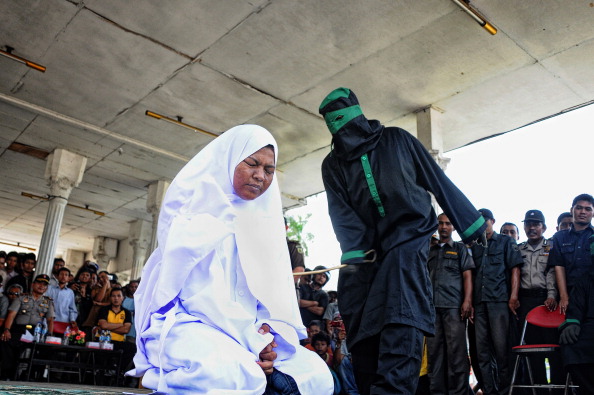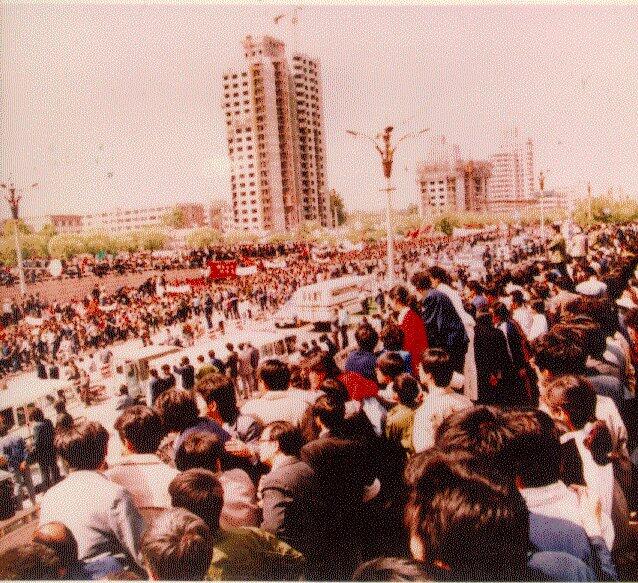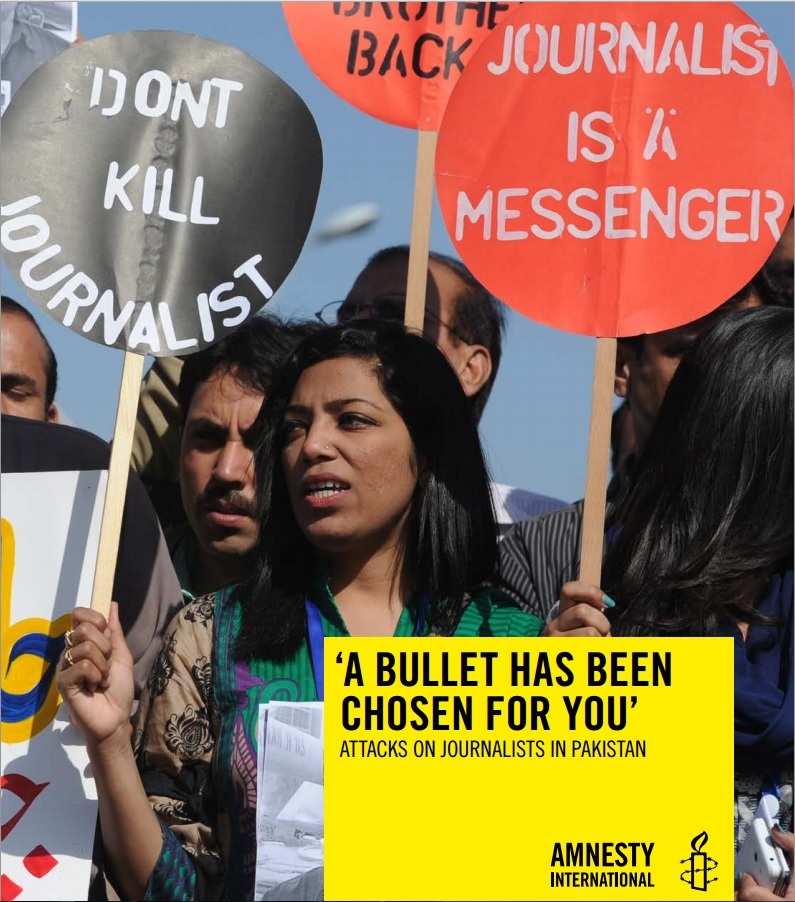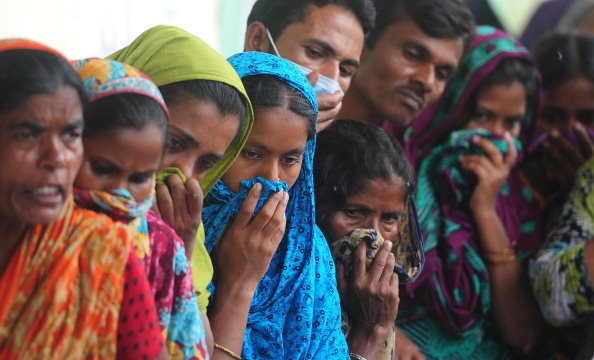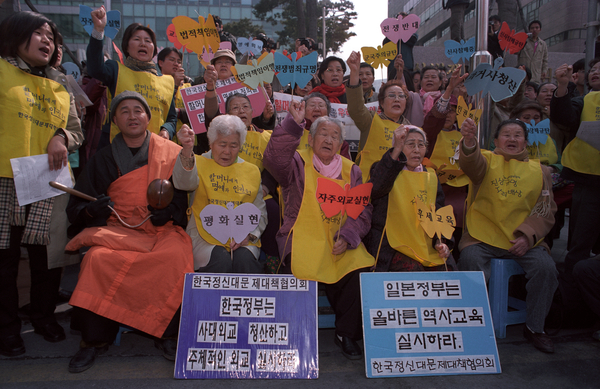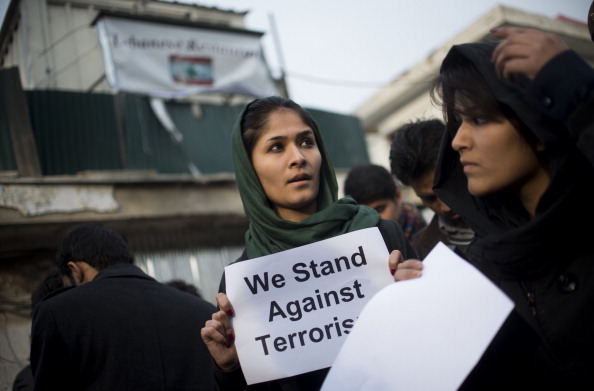
The U.N. now numbers the total of displaced persons in Syria at 6.5 million. 2.8 million more have have fled the country and are now in refugee camps in Lebanon, Jordan and elsewhere, overwhelming authorities in those countries (Photo Credit: Khalil Mazraawi/AFP/Getty Images).
How many different times can Russia and China stand against justice for human rights abuses in Syria?
Yesterday, Russia and China vetoed a French resolution before the United Nations Security Council to refer the situation in Syria to the Prosecutor of the International Criminal Court (ICC) for investigation of war crimes and crimes against humanity.
